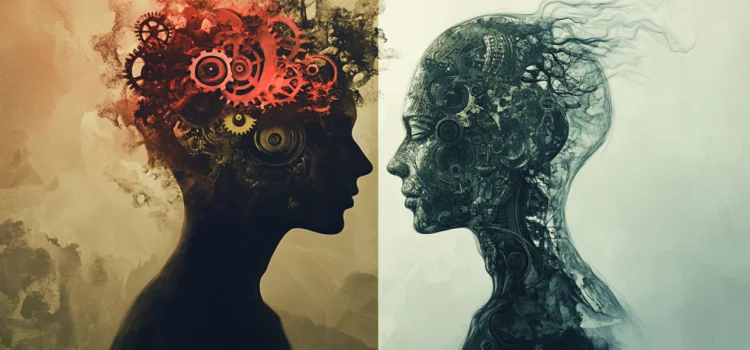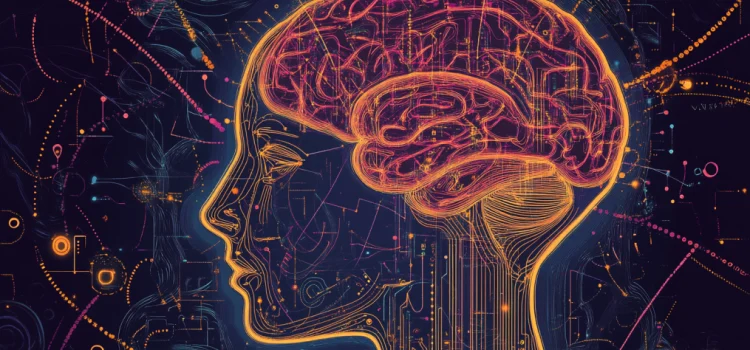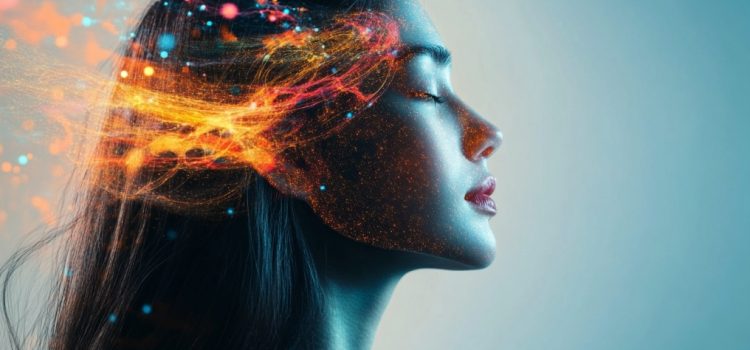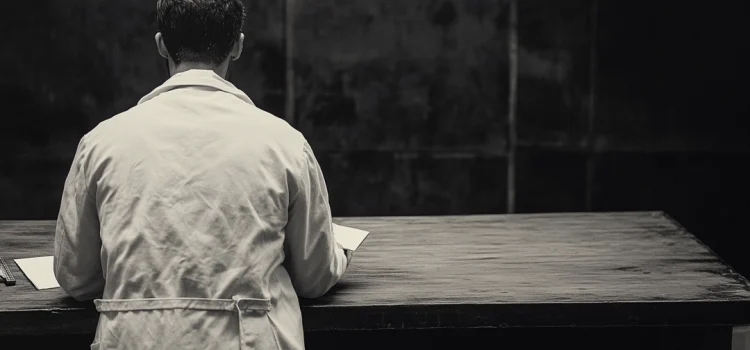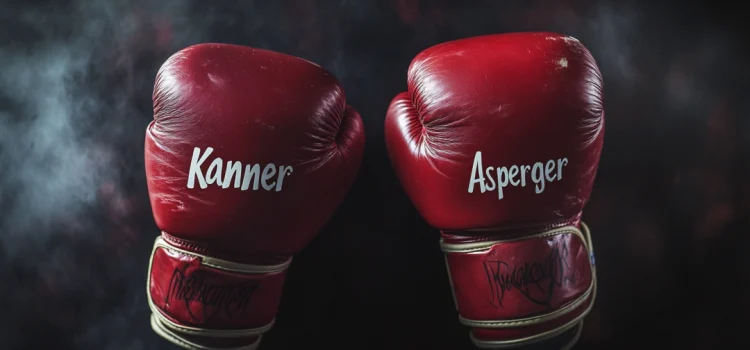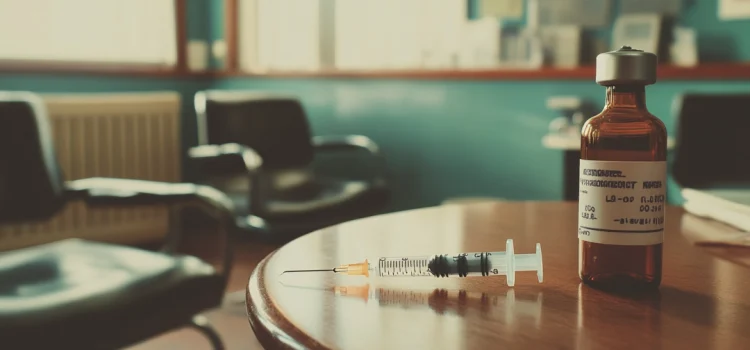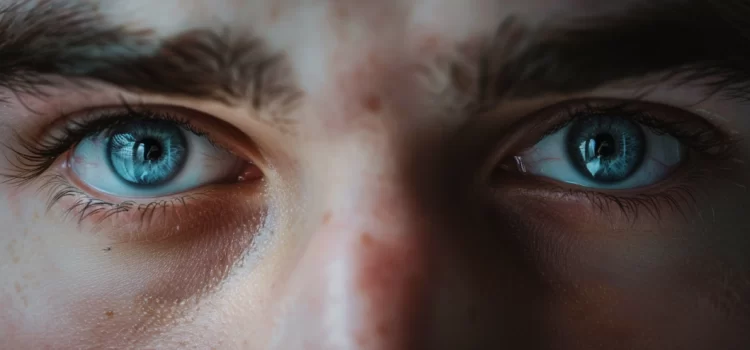Have you ever questioned the nature of your own identity? What if everything you believe about yourself is just an illusion? No Self, No Problem, a book by neuroscientist Chris Niebauer, challenges our understanding of self-identity. He argues that our sense of self is merely a construct created by our brain’s left hemisphere. This concept aligns with ancient Eastern philosophies that have long questioned the existence of a fixed self. Prepare to explore the fascinating intersection of neuroscience and spirituality as we delve into an overview of this thought-provoking book.
No Self, No Problem: Book Overview (Chris Niebauer)


